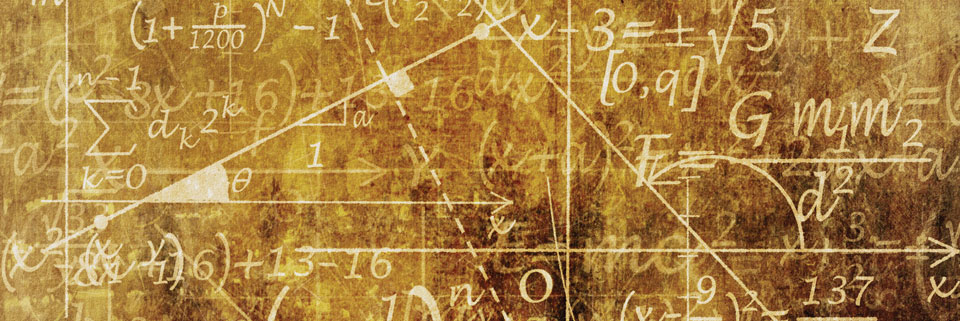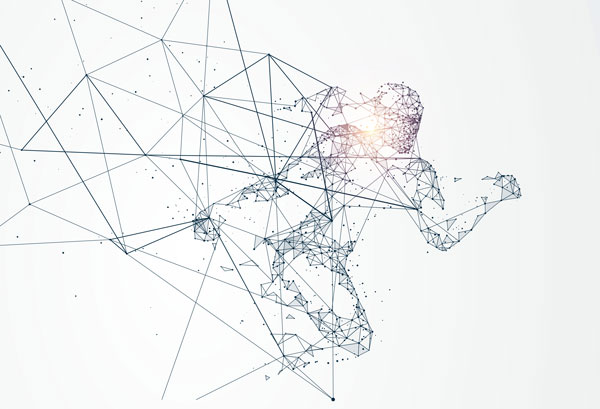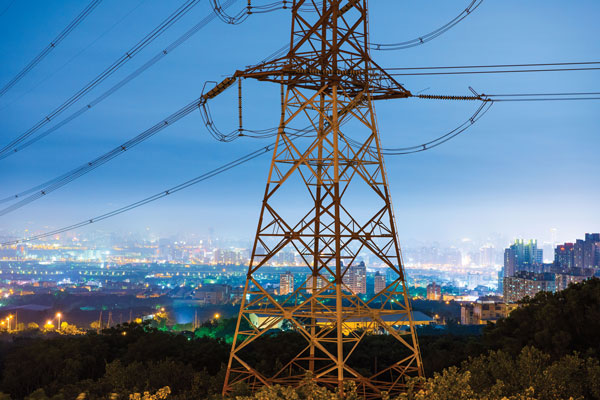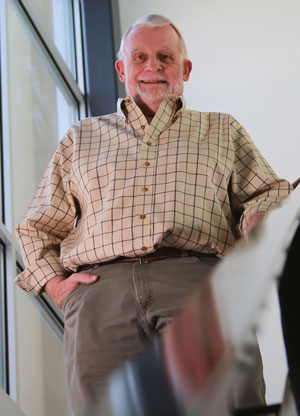When a complex system is damaged its recovery time holds clues to overall health


Launched four years ago, the Resiliency in Complex Systems Research Challenge opened the door to a relatively new field of study with broad application across multiple areas of research.
The challenge defines a complex system as one with a large number of interacting parts, whose aggregate activity is nonlinear, that demonstrates emergent behaviors and is adaptive, meaning it changes over time.
“Most of the national security problems that Sandia is engaged in addressing are complex systems,” says Research Challenge co-deputy Marcey Hoover. “Researchers seek to analyze, classify and understand with certainty the resiliency of multiple interconnected systems in the face of multiple threats.”
The challenge looks at resiliency, or how successfully a complex system functions when damaged or disrupted, and how it recovers function over time. “Take a terrorist network, for example. Its success depends on many factors such as funding, key leaders and community support. If one or more of these factors could be influenced in certain ways, the system will operate very differently,” Hoover says. “Knowing which factors are most important and how much they need to be influenced is a goal of modeling complex systems. In this case, we would say we are making the system less resilient.”
The challenge is working now with Sandia’s Safe Secure Energy Future program, studying the electrical grid and infrastructure. “The idea is to understand infrastructure, such as the electrical grid, and find ways to quantitatively assess the health of the grid using resiliency as the metric. Right now we’re defining the hallmarks of resiliency. One measure that industry uses is ‘customer minutes interrupted,’ but there’s more than that. There’s security, reliability, cost and other metrics that would really feed into a resiliency metric,” Hoover says.
Another area of work on the grid project is creating a model of a constantly changing system, developing computer models that take into account grid operations, policy, regulations, things coming onto the grid like renewables and coming off the grid like the shutting down of coal plants. “If I can measure it, then I can find ways to change it either by how I design the system or how I operate it,” Hoover says.
Researchers also are looking at whether there is a mathematical formula or theoretical underpinning of complex systems, trying to discover whether there are universal laws that govern complex systems and if there is something underlying all systems that is more universal.

Another project is trying to figure out how to validate a complex system model. “If you’re developing a physics-based model, then there is the opportunity to conduct experimental tests to validate the model. Often when modeling complex systems involving national security, it is difficult, if not impossible, to obtain data to validate the model. For example, we don’t have data for validating a complex system model of a terrorist event like a dirty bomb exploding in New York City. We are currently conducting research in how to validate complex systems models such as these,” Hoover says.
The challenge is also active in the cyber mission area — looking for ways to create a resilient IT infrastructure, so networks always work, or if something bad happens, the network can recover.
And it has begun working with the satellite missions and communities around the idea of resiliency and complex systems.
Over time, Hoover says future projects could come from nearly any area of Sandia’s mission.
Meet Tim Trucano
Kids who flunk middle-school math don’t generally go on to earn a Ph.D. in the subject and become a distinguished member of the scientific staff at a national laboratory. But that’s exactly what happened to Tim Trucano. “I got a D in math in the 8th grade and an F in 9th,” he says. “That was the path I was on. I was a relatively poor student who scored well in verbal on standardized tests and was told consistently that I wasn’t any good at math.”
Then Trucano changed high schools, found different teachers and friends, and picked up the autobiography of the famed mathematician Norbert Wiener. “I went from flunking to viewing math totally differently,” he says. “The kids I hung out with did better in school and the story of Norbert Wiener’s life was fascinating. Suddenly I got interested in math. It was something I wanted to do for a living.”

Trucano, whose family moved from Dayton, Ohio, to Albuquerque when he was a child, accelerated in math in high school, taking calculus as a senior. “I went from being told I couldn’t do it to excelling,” he says. “I knew I would major in math in college, I just didn’t know what I would do with it.”
He earned a bachelor’s, master’s and doctorate from the University of New Mexico. At the college placement office he noticed a job posting in Sandia’s shock wave group, where he worked two summers as an undergrad. “They knew me,” he says. “They got me in the door.”
Trucano joined Sandia in 1980 and was named a distinguished member of the technical staff in 1995 and a senior scientist in 2005. His early career focused on research, development and applications of computational shock wave physics. In 1995 he shifted to verification and validation in computational science and applications of uncertainty quantification. He now works on technical and programmatic challenges for the National Nuclear Security Administration’s Advanced Simulation and Computing (ASC) Verification and Validation program. As a technical leader for Sandia’s work on the program since it started in 1999, Trucano has been a major force for the development and implementation of computational science verification and validation.
“The luckiest thing that ever happened to me was getting into Sandia,” says Trucano, who reads and listens to music in his spare time. “I’ve been lucky in everything I’ve worked on and the people I’ve worked with. It’s been the perfect career.”
— Nancy Salem